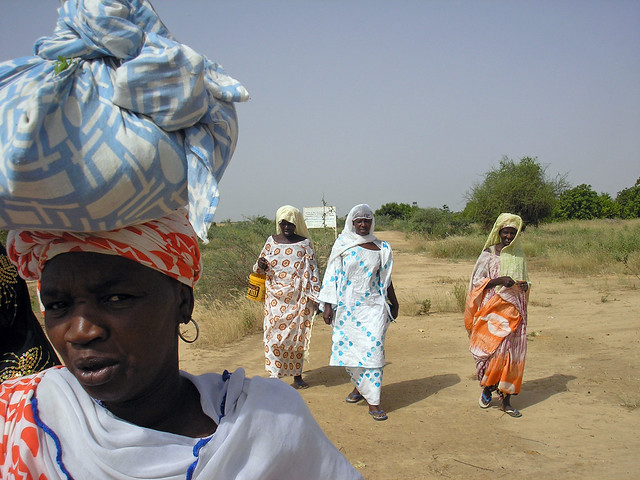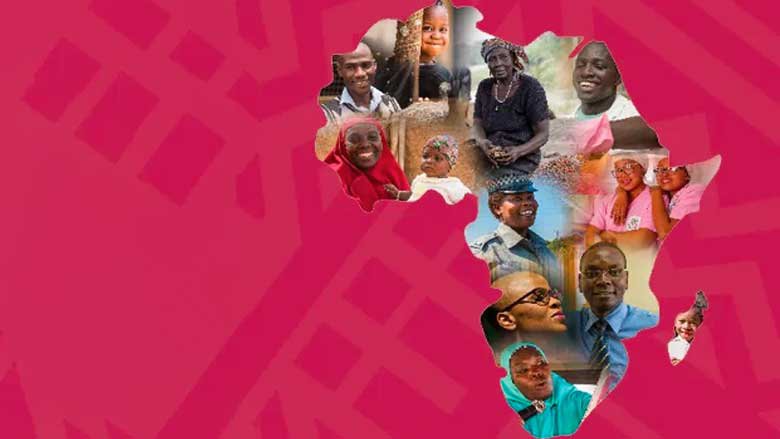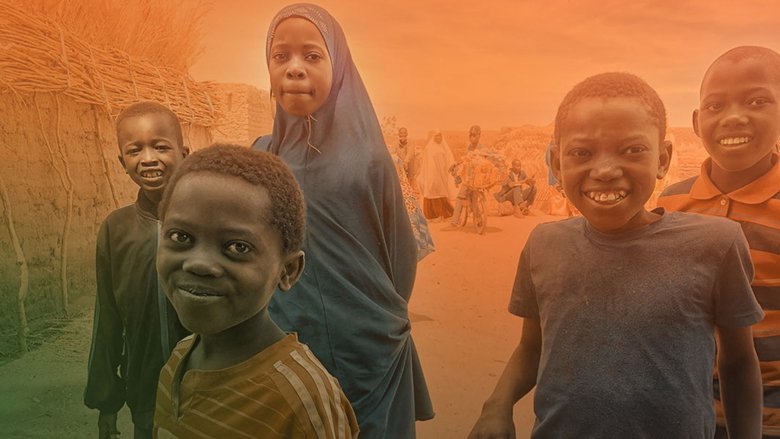Mauritania is essentially a desert country, with vast expanses of pastoral land and only 0.5% of arable land. The population is about 4.9 million (2023), and the density of 5 inhabitants per square kilometer makes it one of the least densely populated countries in the world. Further, more than half of Mauritanians live in urban areas (61.2%) (2023).
Political Context
Mauritania¡¯s political cycle will end by mid-2024, with presidential elections due in June 2024. Prime Minister Mohamed Ould Bilal, who took office in August 2020, has been leading the implementation of President Mohamed Ould Ghazouani¡¯s Programme prioritaire ¨¦largi du Pr¨¦sident de la R¨¦publique. The program, whose priorities are among education and social justice, gives a key role to private sector and a better development of Mauritania's potential in natural resources.
Economic Overview
- Real GDP growth is estimated to have moderated to 3.4% in 2023 down from 6.4% in 2022, reflecting a significant contraction of public investment and a slowdown in exports due to lower industrial production. Average inflation halved from its peak of 9.5% in 2022 to 5% in 2023 and is expected to further decrease to 2.5% in 2024.
- The overall fiscal deficit improved to 2.4% of GDP in 2023 compared to 3.7% of GDP in 2022, driven by a fall of capital expenditure. The debt to GDP ratio slightly increased to 48.1% of GDP in 2023 (+0.8 percentage point of GDP), due to the depreciation of exchange rate at the end of 2023. According to the December 2023 joint IMF/WB¡¯s Debt Sustainability Assessment, external debt remains sustainable, and the risk of debt distress moderate.
- The current account deficit has improved to 10% of GDP in 2023, down from 16.6% of GDP in 2022, due to lower imports of capital goods in the extractive industry, oil and foods products. The Mauritanian Central ¶¹ÄÌÊÓƵAPP's foreign exchange reserves rose from 4.5 months of goods imports in 2022, to 6 months in 2023.The current account deficit was mainly financed by Foreign Direct Investment in the extractive industry and budget support from various technical and financial partners.
Medium-Term Outlook
The medium-term outlook is broadly favorable but subject to downside risks. Over 2024-2026, growth should average 4.9% (3.1% per capita) supported by the launch of gas production in the second half of 2024, sustained private consumption and investment as prices return to pre-crisis levels, higher exports, and the implementation of the government¡¯s public investment program. Average inflation will further fall and reach 2.5% in 2024, as external pressures ease, and stabilize around 2% in 2025 and 2026. The current account balance should improve, reaching 8.5% of GDP in 2024 and average 6.7% of GDP in 2025-2026, driven by gas exports, lower imports in the extractive industry and lower import prices. Fiscal pressures should ease, leading to an average budget deficit of 2% of GDP in 2024, supported by gas revenue, lower current transfers, and greater mobilization of tax revenues. In 2026, the fiscal deficit is projected to narrow to 0.2% of GDP. Debt should gradually decline to 47.7% of GDP in 2024. Risks to the outlook stem from a slowdown in Foreign Direct Investments (FDI) inflows due to a delay in the second and third phases of the gas extraction project, as well as vulnerabilities to climatic shocks, and regional insecurity.
Social Context
COVID-19 negative impacts on the economy had repercussions on the labor market and on the living conditions and well-being of the population. Extreme poverty is estimated to have increased due to the pandemic, reaching 6.3% in 2022.
According to Mauritania¡¯s Human Capital Index (HCI), a child born today will only achieve 38% of his/her productivity in adulthood. Expected years of schooling adjusted for learning are 4.2 years per child on average, while 25% of children are stunted, against a background of relatively low public spending on health and education. Social Assistance spending is high for the region (7.5% of GDP), and the existing safety nets programs reach 47% of the poorest quintile of the population - one of the highest coverages in the region. (Also see ¡®Results¡¯ section.)
Last Updated: Mar 19, 2024










